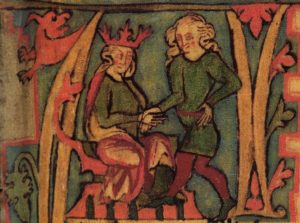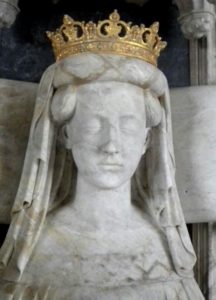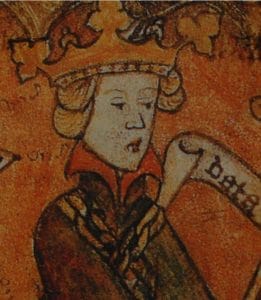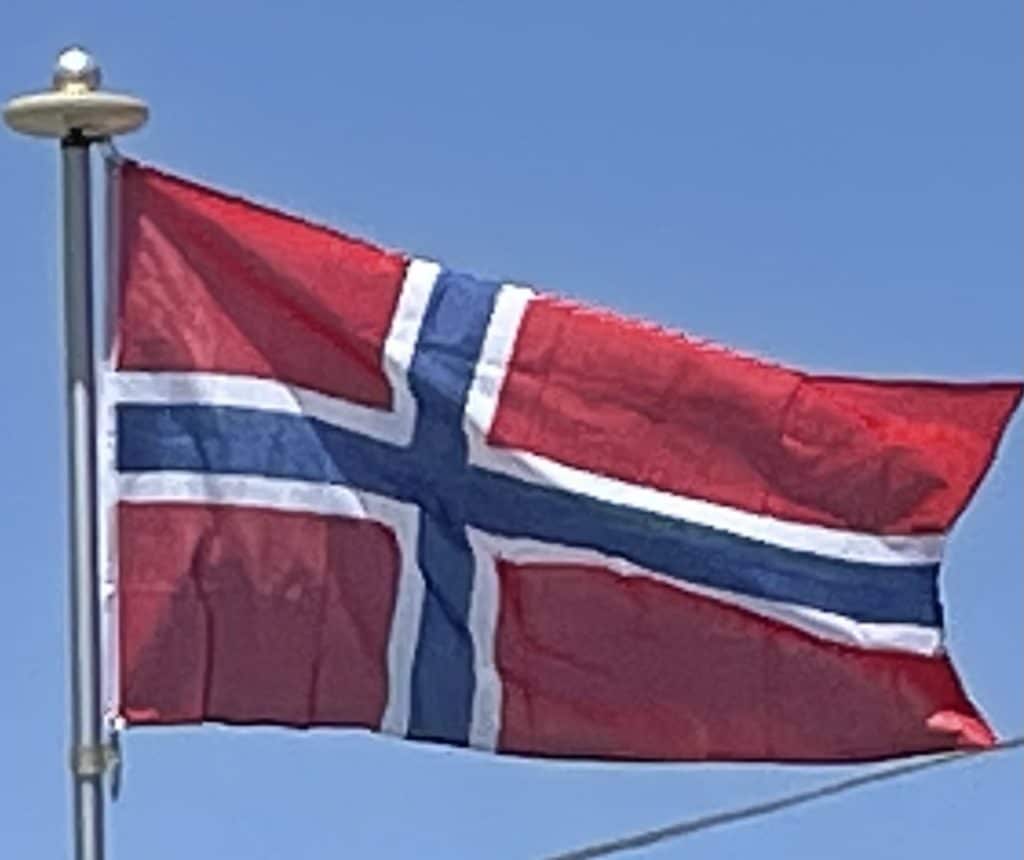
According to tradition, Harald Fairhair unified them into one in 872 after the Battle of Hafrsfjord in Stavanger, thus becoming the first king of a united Norway. Harald’s realm was mainly a South Norwegian coastal state. Fairhair ruled with a strong hand and according to the sagas, many Norwegians left the country to live in Iceland, the Faroe Islands, Greenland, and parts of Britain and Ireland. The modern-day Irish cities of Dublin, Limerick and Waterford were founded by Norwegian settlers.
Norse traditions were replaced slowly by Christian ones in the late 10th and early 11th centuries.
Civil War:
From the 1040s to 1130, the country was at peace. In 1130, the civil war era broke out on the basis of unclear succession laws, which allowed all the king’s sons to rule jointly. The wars ended in 1217 with the appointment of Håkon Håkonsson, who introduced clear law of succession.
The 14th century is described as Norway’s Golden Age, with peace and increase in trade, especially with the British Islands, although Germany became increasingly important towards the end of the century. Throughout the High Middle Ages, the king established Norway as a sovereign state with a central administration and local representatives.

The Hanseatic League took control over Norwegian trade during the 14th century and established a trading center in Bergen. In 1380, Olaf Haakonsson inherited both the Norwegian and Danish thrones, creating a union between the two countries. In 1397, under Margaret I, the Kalmar Union was created between the three Scandinavian countries.
Kalmar Union:
King Magnus VII ruled Norway until 1350, when his son, Haakon, was placed on the throne as Haakon VI. In 1363, Haakon VI married Margaret, the daughter of King Valdemar IV of Denmark. Upon the death of Haakon VI, in 1379, his son, Olaf IV, was only 10 years old. Olaf had already been elected to the throne of Denmark on 3 May 1376. Thus, upon Olaf’s accession to the throne of Norway, Denmark and Norway entered personal union. Olaf’s mother and Haakon’s widow, Queen Margaret, managed the foreign affairs of Denmark and Norway during the minority of Olaf IV.

Margaret was working toward a union of Sweden with Denmark and Norway by having Olaf elected to the Swedish throne. She was on the verge of achieving this goal when Olaf IV suddenly died. However, Denmark made Margaret temporary ruler upon the death of Olaf. On 2 February 1388, Norway followed suit and crowned Margaret. Queen Margaret knew that her power would be more secure if she were able to find a king to rule in her place. She settled on Eric of Pomerania, grandson of her sister. Thus at an all-Scandinavian meeting held at Kalmar, Erik of Pomerania was crowned king of all three Scandinavian countries. Thus, royal politics resulted in personal unions between the Nordic countries, eventually bringing the thrones of Norway, Denmark, and Sweden under the control of Queen Margaret when the country entered into the Kalmar Union.
